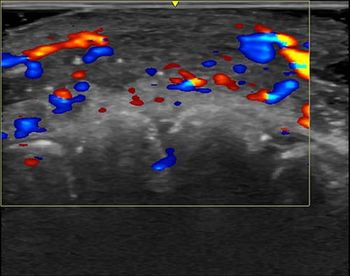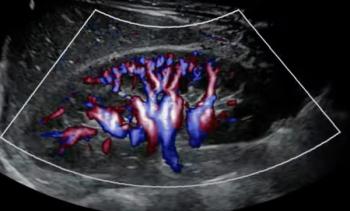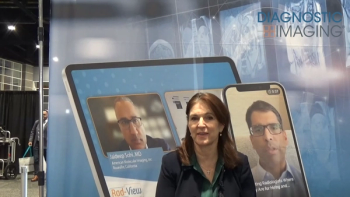
Report from ARRS: Prepless CT colonography hides lesions, hinders read
While avoiding the unpleasant preparation for a CT colonography examination could improve patient compliance with screening, some cathartic measures are required to produce accurate results, according to a presentation Monday at the American Roentgen Ray Society meeting.
While avoiding the unpleasant preparation for a CT colonography examination could improve patient compliance with screening, some cathartic measures are required to produce accurate results, according to a presentation Monday at the American Roentgen Ray Society meeting.
Exams obtained under a prepless protocol in a small study were more difficult to read than exams obtained followingr mild colonic cleansing. And prepless exams did not lend themselves well to 3D evaluation, said lead author Dr. Abraham Dachman, a professor of clinical radiology at the University of Chicago.
Researchers in Chicago and Belgium evaluated 12 patients with a prepless protocol that included a low-fiber diet and stool tagging with Tagitol V. They compared these patients with a group of 14 patients who underwent a mild prep that included LoSo low-dose magnesium citrate and ducolax suppository along with the low-fiber diet and stool tagging.
The investigators evaluated preparation comfort, residual stool and fluid volumes, ease of interpretation, stool labeling, and detection for polyps.
The prepless group was only slightly more comfortable than the mild prep group (1.2 versus 1.8 on a 10-point comfort scale). The researchers rated the prepless group as more difficult to read, however. The group required 2D reads in both lung and bone windows, and residual stool often made 3D reads impossible.
Not surprisingly, there were 140 segments in the prepless patients with stool compared with 58 in the mild preparation group.
While stool was fairly well tagged in both groups, the percentage of the mucosal surface that was covered by stool was much larger in the prepless group, rating a 1.6 on a four-point scale compared with 0.3 to 0.4 in the mild prep group.
"We estimated the extension of the mucosa within the segments that were covered by stool. This is important as it may indicate how many polyps might be hidden in the stool. No one has really done this type of data analysis before," Dachman said.
Researchers missed two out of two polyps in the prepless group. They detected two of two polyps in the mild prep group and had one false-positive result.
"Our results indicate that some cleansing is still required. The addition of a laxative enhances the ease of interpretation and the detection of polyps," Dachman said.
For more information from the online Diagnostic Imaging archives:
Newsletter
Stay at the forefront of radiology with the Diagnostic Imaging newsletter, delivering the latest news, clinical insights, and imaging advancements for today’s radiologists.




























